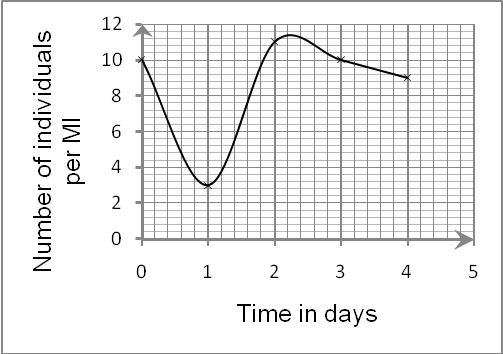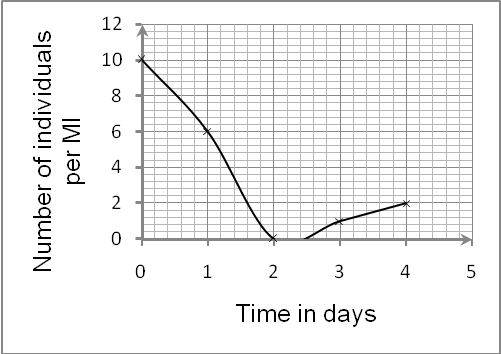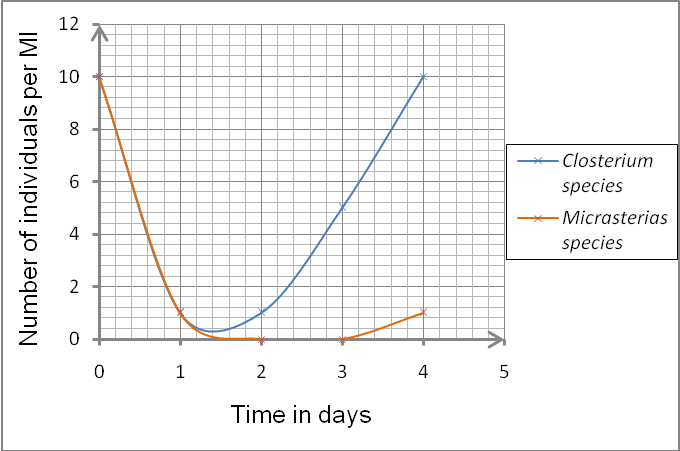Introduction
Biological interactions can be defined as the effects an organism has on the others in a common ecosystem. Basically, no organism can survive as an ‘island’ lest it ceases to exist. Biological interactions are vital for the normal functioning of an ecosystem. As such, this leads us to identifying the kind of interactions that may exist.
These relations may happen within organisms of the same species (intra-specific) or otherwise (inter-specific). These interactions may happen at a specific stage of development or; during the entire life of an organism (e.g. endosymbiosis) and, may be detrimental (herbivory, predation, cannibalism) or beneficial (mutualism). Significantly, these relations may be direct or indirect.
The degree of interactions ranges “from mutual benefit through neutral to mutual harmful interactions” (Begon, Harper and Townsend, 1996). As such, the interactions can be categorized into six classes depending on gravity of harm or benefit to the interacting individuals in a niche.
As a result, individuals may be deemed to be in neutralism interaction where neither party benefits nor harms the other though difficult to ascertain or, may engage in amensalism where products of the other are toxic to the other. Also, individuals can also engage in commensalism where one individual benefits from the interaction without affecting the other.
Moreover, individuals may compete for a common resource as exhibited in parasitic relation that is fetal to the involving parties or otherwise, involve in mutualism as exhibited in some symbiotic relations where both parties benefit. Finally, the organism may interact antagonistically either by predation or parasitism owing to the fact that an individual profits at the expense of the counterpart.
In terms of graphical relationship between species density against time, a neutral interaction ought to exhibit an upward trend for both species. However, for competing individuals, the opposite should be true. Two individuals exhibiting amensalism interactions ought to display opposite trends; upward for one species and the opposite for the other. For mutualism just like neutralism, it results in a higher carrying capacity hence; an upward trend for both individuals is expected (Stachowicz, 2001).
As regards this experiment, showing the interaction between green algae (Chlorophyta) – Closterium and Micrasterias species, both species utilize sunlight with the help of chlorophyll for photosynthesis. As such, in a common ecosystem, we anticipate competition for the limiting resources e.g. water and mineral salts (Fedriani, Fuller, Sauvajot and York, 2000).
Consequently, this leads us to our null hypothesis (Ho): there is no competition between Closterium and Micrasterias species. The alternative hypothesis (H1) contradicts HO by suggesting that there exists a competition between the species. This is tested using a two-sample t-test at 95% C.I to ascertain the findings.
Method
In this experiment, colonies of Closterium species were cultured in four different regions in a Petri dish (using a tip of 100 microliters). The same was done for Micrasterias species but in a different Petri dish. In one dish a fifth colony but containing the two species were cultured.
The essence, was to determine the species densities (density = (average number per colony)/100) vital in obtaining the same number of individuals as a starting point in stock culture. For the stock culture, average densities different species plus that of the mixed culture were recorded once per week over a period of 4 weeks. The results were then recorded for analysis.
Results
Table 1: of number of individuals per Ml of Samples (to the nearest 10).
Graph 1: of the density of Closterium species alone vs. time.

Graph 2: of the density of Micrasterias species alone vs. time.

Graph 3: of the density of Closterium and Micrasterias species in mix culture vs. time.

Hypothesis testing:
Is there a possibility that there exists a competition between Closterium species and Micrasterias species residing in a common niche?
Null hypothesis (Ho): µClosterium = µMicrasterias
Alternative hypothesis (H1): µClosterium ≠ µMicrasterias
At 95% confidence interval t0.05 = 1.96
Calculated value of t is 0.7638 i.e. t = (ẋ1-ẋ2)/s [(n1*n2)/ (n1+n2)] ^0.5
Where; s = 6.21, n1 = 5, n2 = 5, ẋ1= 5.4 and ẋ2 = 2.4
We therefore reject the null hypothesis since the two species are not equal thus; there exists a competition between the two species residing in a common niche.
Discussion
The objective of this experiment was to test the null hypothesis (Ho): there exists no competition between the algae species – Closterium and Micrasterias.
As per the data collected and the test analysis done, the null hypothesis (0.7638 ≤ 1.96) fell within the rejection region at 95% confidence interval hence we reject the null hypothesis and state that there exists a competition between the colonies in a niche. As exhibited by the graph 3 above, the trends underscore the fact that in deed there is competition.
On competing interactions, the aftermath is always detrimental to both species hence the downward trend of the curves. As such, the principle of competitive exclusion takes its effect hence the competing species will either adapt or die. This can be seen at the height of competition when some of the common but limited resources are exhausted.
As for the species above, Micrasterias species can not compete favorably hence they die after the second and third week. On the contrary, Closterium species adapt promptly (Stachowicz, 2001).
By the fourth week, both species density increase significantly courtesy of natural selection. This otherwise niche partitioning is important in eliminating the inter-specific competition that exists between the species within a limited niche. As a result, the species share resources and thrive once again portraying non-existence of competition before.
This blurs the line separating two competing and two non competing species thus one cannot easily prove or disapprove. Significantly, the population blossoms after the third week owing to the fact that intra-specific competition exceeds inter-specific completion hence favoring coexistence between the species.
For the individual species as portrayed by graphs 1 and 2 above, it can be seen that Closterium species adapts to the media promptly than Micrasteria species. But, before peaking in population density, both species lose count since they need time to adapt to the new ecosystem (Charles, Nunn, Ezenwa, and Walter, 2011).
Conclusion
In a conclusion, the experimental results agreed with the theoretical background which supports the facts stated herein the experiment. As such, there exists a competition between Closterium and Micrasterias species in a common niche.
This topic can be better understood if you comprehend how relating organisms feed, the type of products they expel and how they affect the other organism. I would suggest that future experiments observe the species beyond the stated period to ascertain whether inter-competition will creep in leading to a decrease in population.
References
Begon, M., Harper, J. L., & Townsend, C. R. (1996). Ecology: individuals, populations, and communities. Cambridge, Massachusetts: Blackwell Science Ltd.
Charles, L., Nunn, O., Ezenwa, A., & Walter, K. (2011). “Mutualism or parasitism? phylogentic approach to characterize the oxpecker-ungulate relationship”. Evolution, 65(5): 1297–1304.
Fedriani J., Fuller K., Sauvajot M., & York, C. (2000). “Competition and intraguild predation among three sympatric carnivores”. Oecologia,125(1): 258–270.
Stachowicz, J. (2001). Mutualism, facilitation, and the structure of ecological communities. Boston, MA: Addison-Wesley